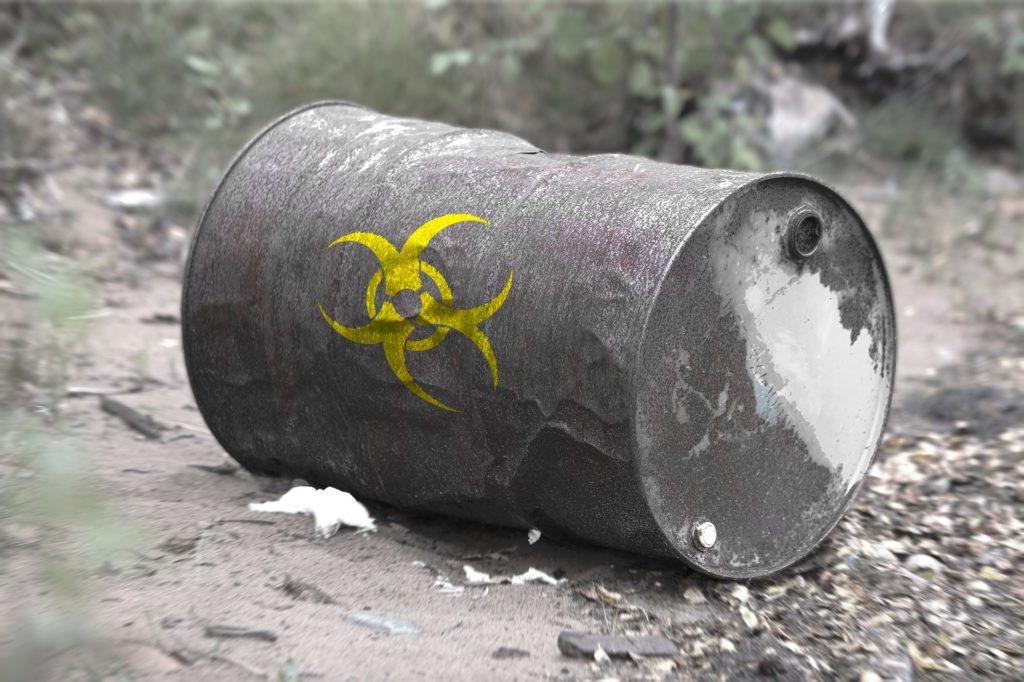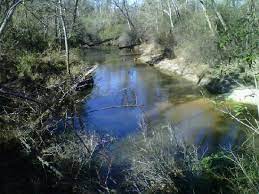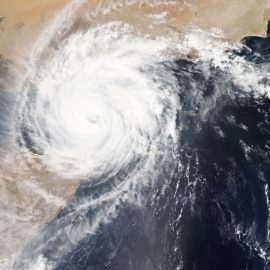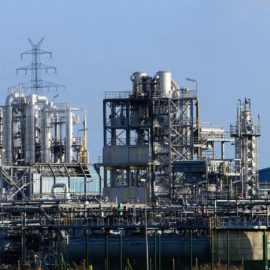
The oil and chemical industry does damage to the state but some of it is not seen – the toxic waste dumps underground. Not seen but they are in the path of Ida with the rain and winds.
About two thirds of Louisiana industrial sites with toxic chemicals lie in the path of Hurricane Ida, a storm with the potential to batter or flood refineries, storage tanks and other infrastructure that can release oil and other harmful liquids and gases into communities and the environment. A Times-Picayune | New Orleans Advocate analysis of industrial data and Ida’s predicted route through the state indicates 590 sites that produce or store toxic chemicals are harm’s way. Almost 380 of them are within 50 miles of the coast, putting them at particular risk from storm surge, strong winds and heavy rain, according to the analysis of sites listed in the U.S. Environmental Protection Agency’s Toxics Release Inventory. “That number of facilities at risk is something communities need to be aware of and make personal decisions about getting out of the area in case those facilities accidentally release or have incidents,” said Wilma Subra, a scientist with Louisiana Environmental Action Network, on Saturday. “We always have incidents during hurricanes,” she added. “And this one is of more concern [than last year’s storms] because it has such a big area of impact.”
nola.com
Were Ida a category 1 or 2 storm, then there would be less to worry about. But she is not.
Ida is expected to strengthen into an “extremely dangerous” Category 4 storm and strike Louisiana on Sunday with gusts of up to 160 mph, according to weather forecasters. Storm surge warnings cover much of the Louisiana coast, from the Rockefeller Wildlife Refuge near Lake Arthur to the Mississippi-Alabama line. Hanadi Rifai, a hurricane resilience researcher at the University of Houston, said federal and state regulations do little to address the growing risk that storms and floods pose for industrial sites. “Every chemical plant has to submit to the EPA a big risk document, but they don’t yet consider a severe storm or hurricane,” she said.
Needless to say, climate change making more intense storms does not help.
That’s particularly concerning because climate change has been ramping up rainfall and hurricane intensity, and the trend is likely to increase well into the century, according to National Oceanic and Atmospheric Administration scientists. To prepare for storms, industrial plants often burn off chemicals or fill huge storage tanks to make them heavier and less likely to float away in a flood. “But that’s the extent of it,” Rifai said. “Essentially, the response is to evacuate except for leaving essential personnel to deal with whatever it is they’re making.”
The companies are bullish on their ability to prevent harm.
Several companies expressed confidence that their sites in south Louisiana would hold up well during a hurricane or flood. Spokesman Jim Harris said Denka Performance Elastomer’s large plant in Reserve “operates safely and within regulatory guidelines both during regular operations and when planning for emergency situations.” Denka says in its risk management plan that it could release large amounts of harmful chlorine gas during an accident or disaster. But Harris said, “The site is at no greater risk than the surrounding area,” which he said is on relatively high ground. “In the memory of longterm employees, the site has never flooded, including during hurricanes Katrina and Isaac,” he said.
The reality is somewhat different.
Recent storms have triggered large chemical releases at plants along the Gulf Coast. Last year, Hurricane Laura caused a chemical fire at the BioLab chlorine plant near Lake Charles. The widespread release of toxic chlorine gas and other harmful emissions prompted a shelter-in-place alert for the area. No injuries were reported, due in part to large-scale evacuations before the hurricane. In the aftermath of Hurricane Harvey in 2017, several toxic releases were reported in the Houston area. One of more serious incidents was the explosion and fire that erupted at the Arkema Inc. chemical plant in Crosby. About 300 homes were evacuated, and several emergency responders suffered a range of symptoms, from choking and hacking to collapsing at the scene. Hurricane Katrina caused at least 540 oil spills into Louisiana waters in 2005. The combined 10.8 million gallons of oil spilled equals the amount released during the 1989 Exxon Valdez disaster in Alaska. Katrina also caused more than 1 million gallons of oil to leak from a storage tank at the Murphy Oil Corp. refinery in Meraux, just east of Chalmette. About 1,700 homes were affected by the spill.
If you live near a plant, be aware of that to look and smell for.
Subra advises residents who live near sites with toxic chemicals to stay vigilant for fires and chemical odors during and after a storm. Sirens and other emergency alert systems can’t always be counted on after hurricanes, she said. “Things are damaged, and everything is happening in a hurry,” she said. “Sometimes the info people need does not go out in a timely manner.”
The oil and chemical industry, a gift that just keeps on giving in surprising ways.



